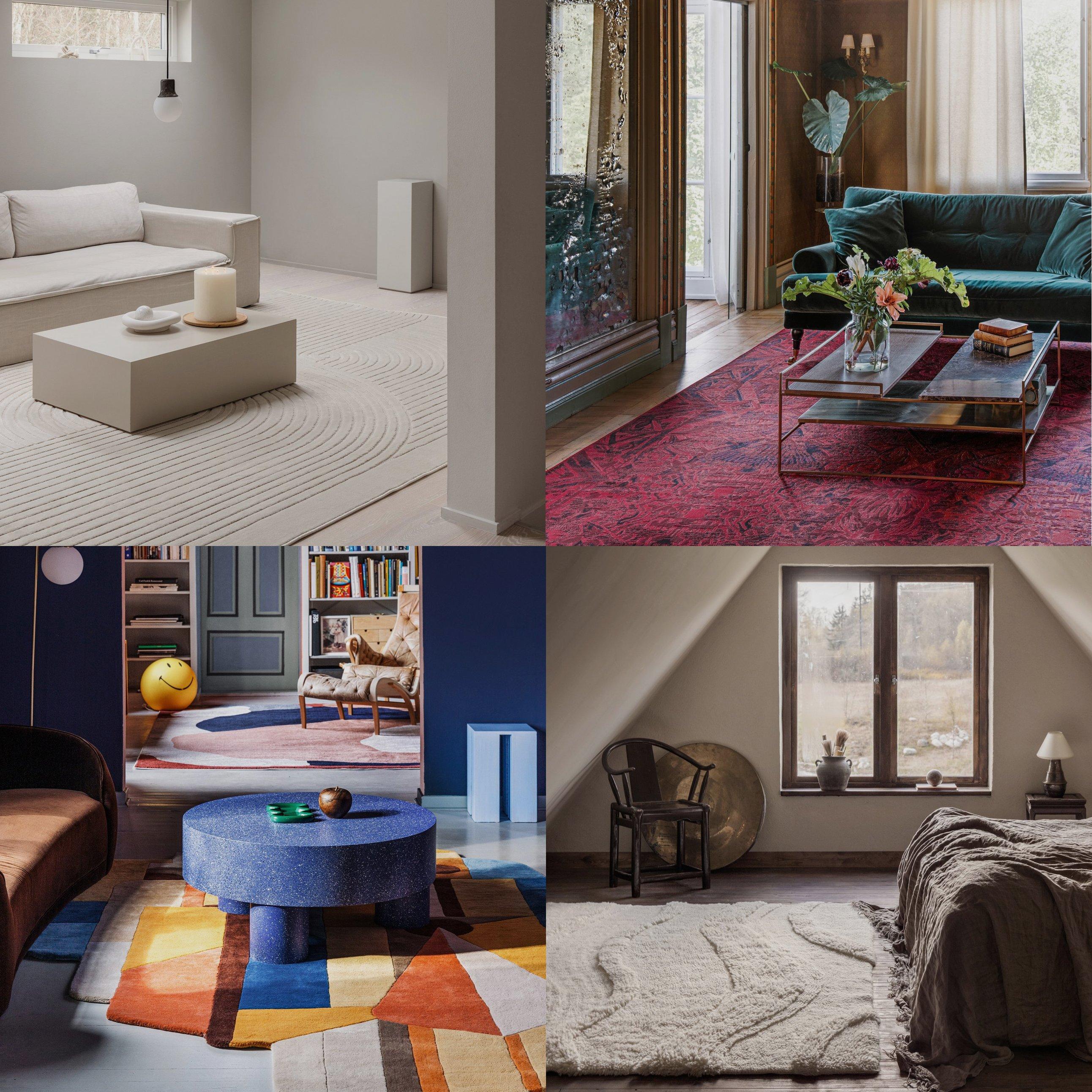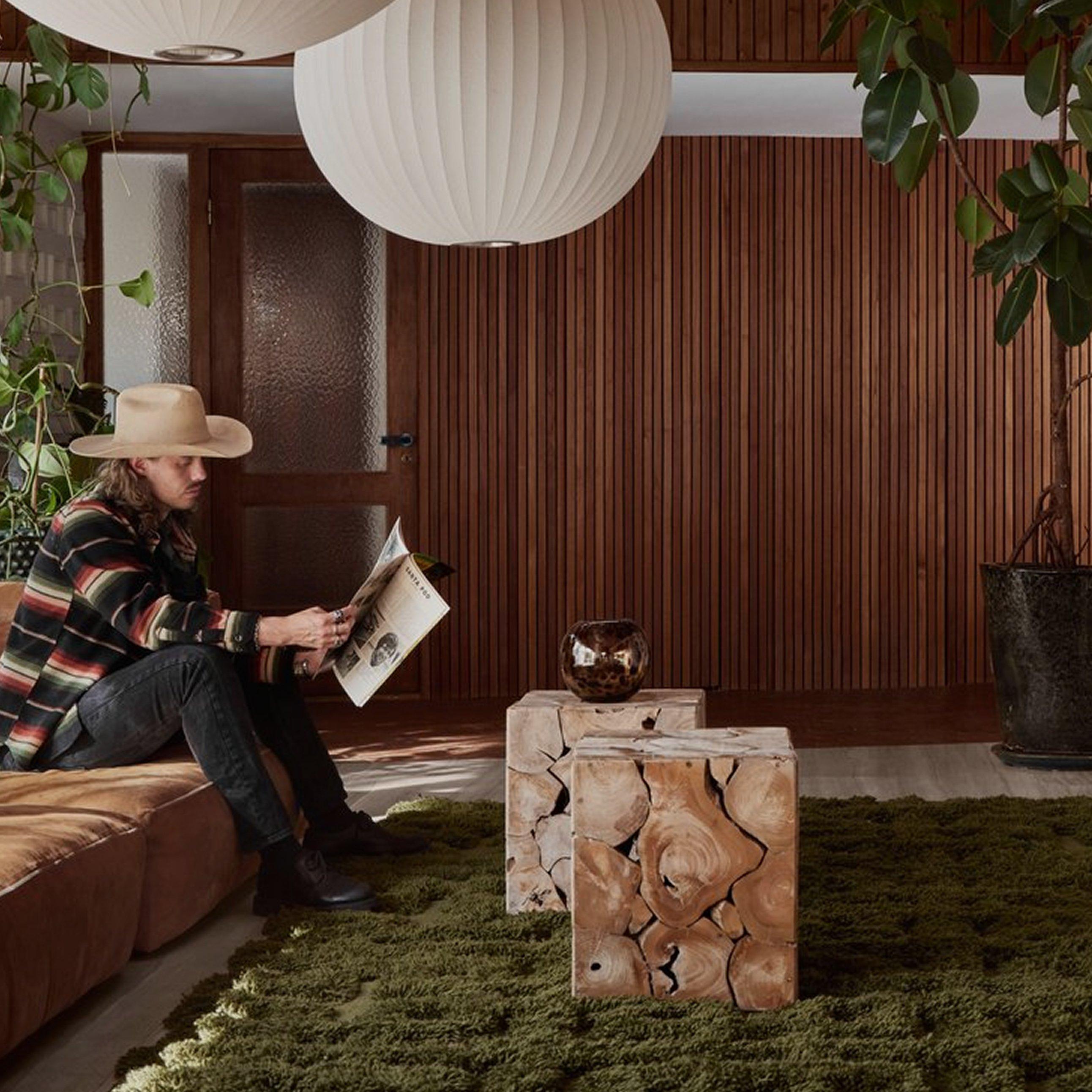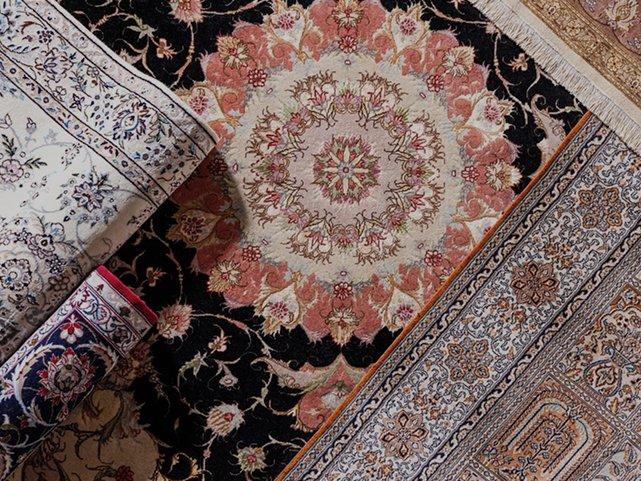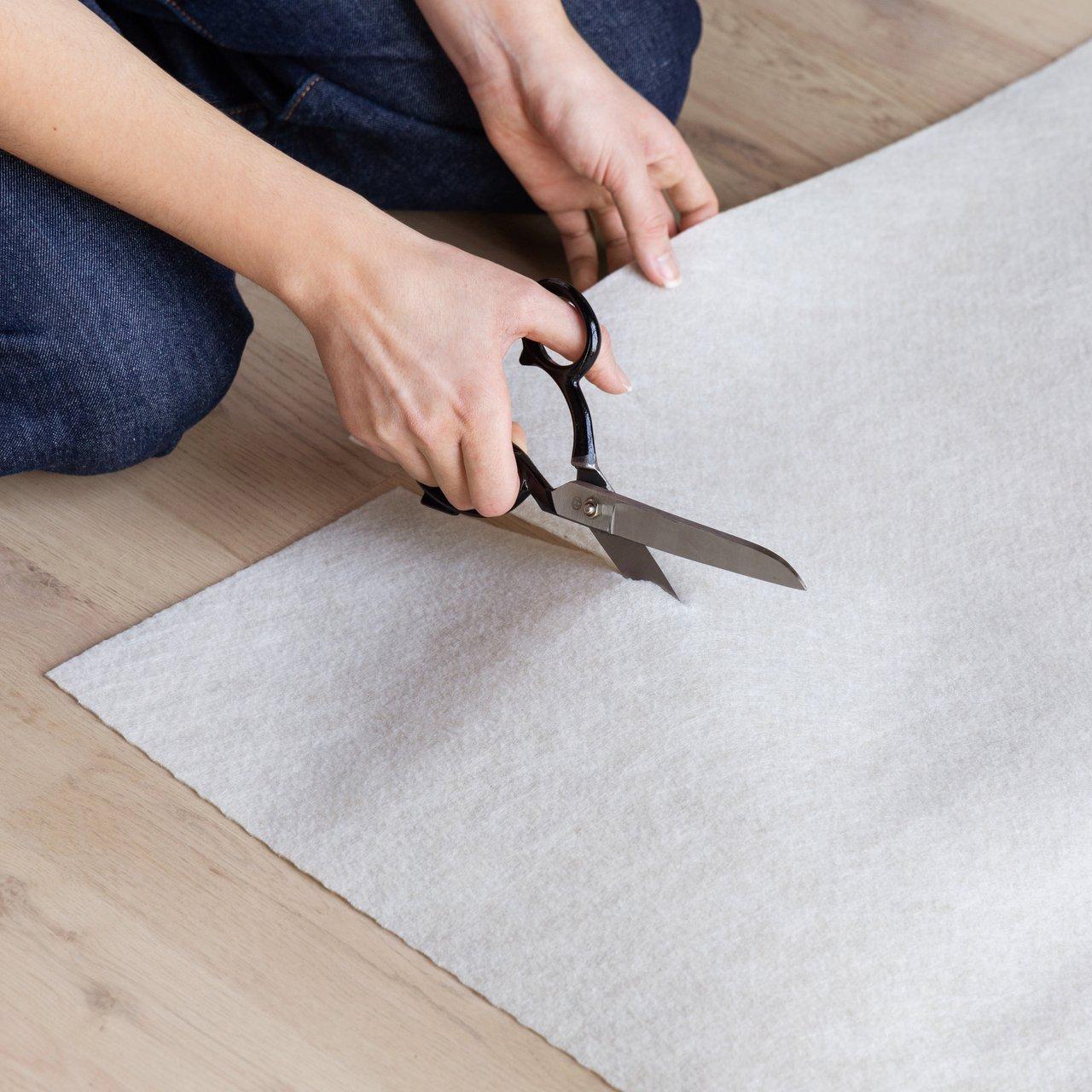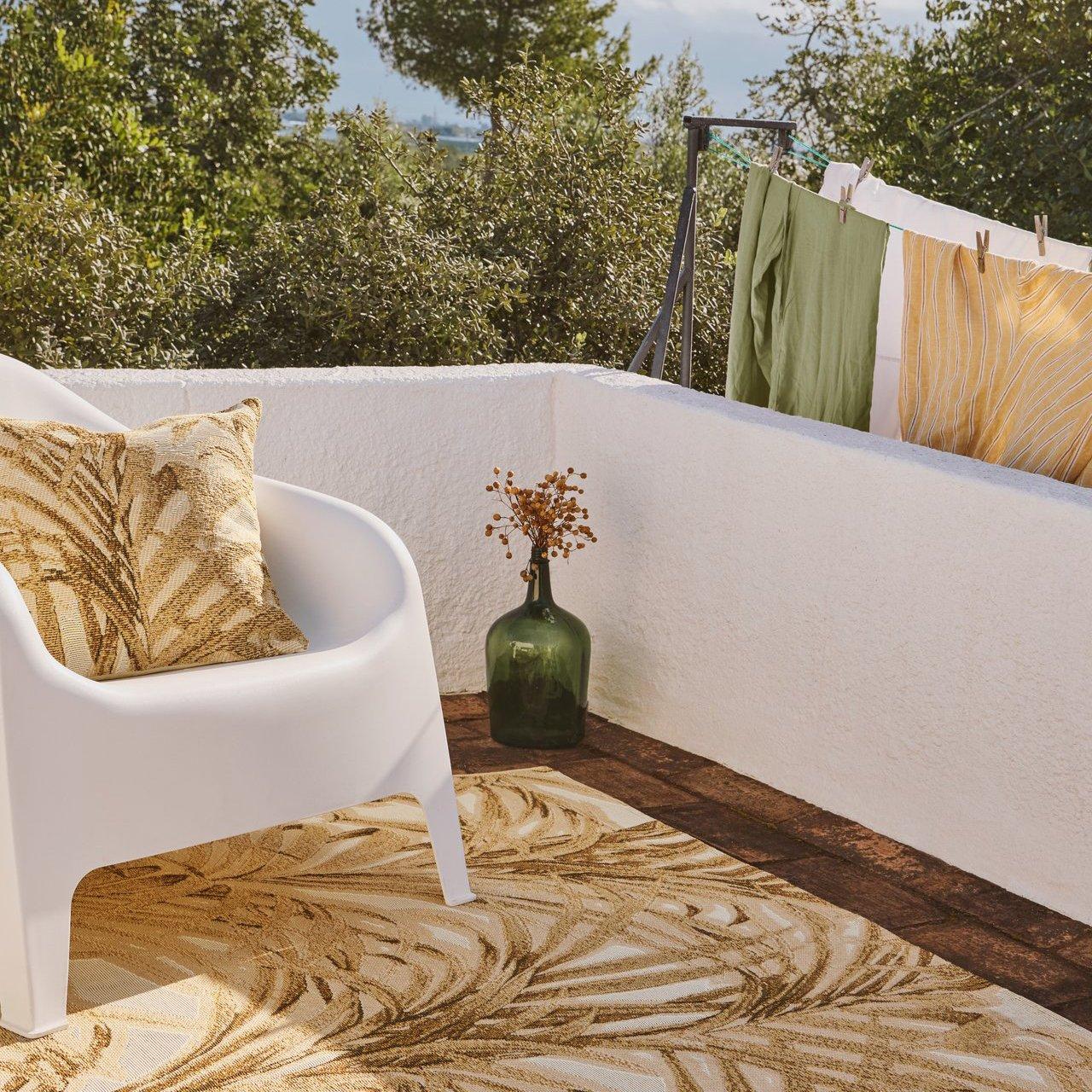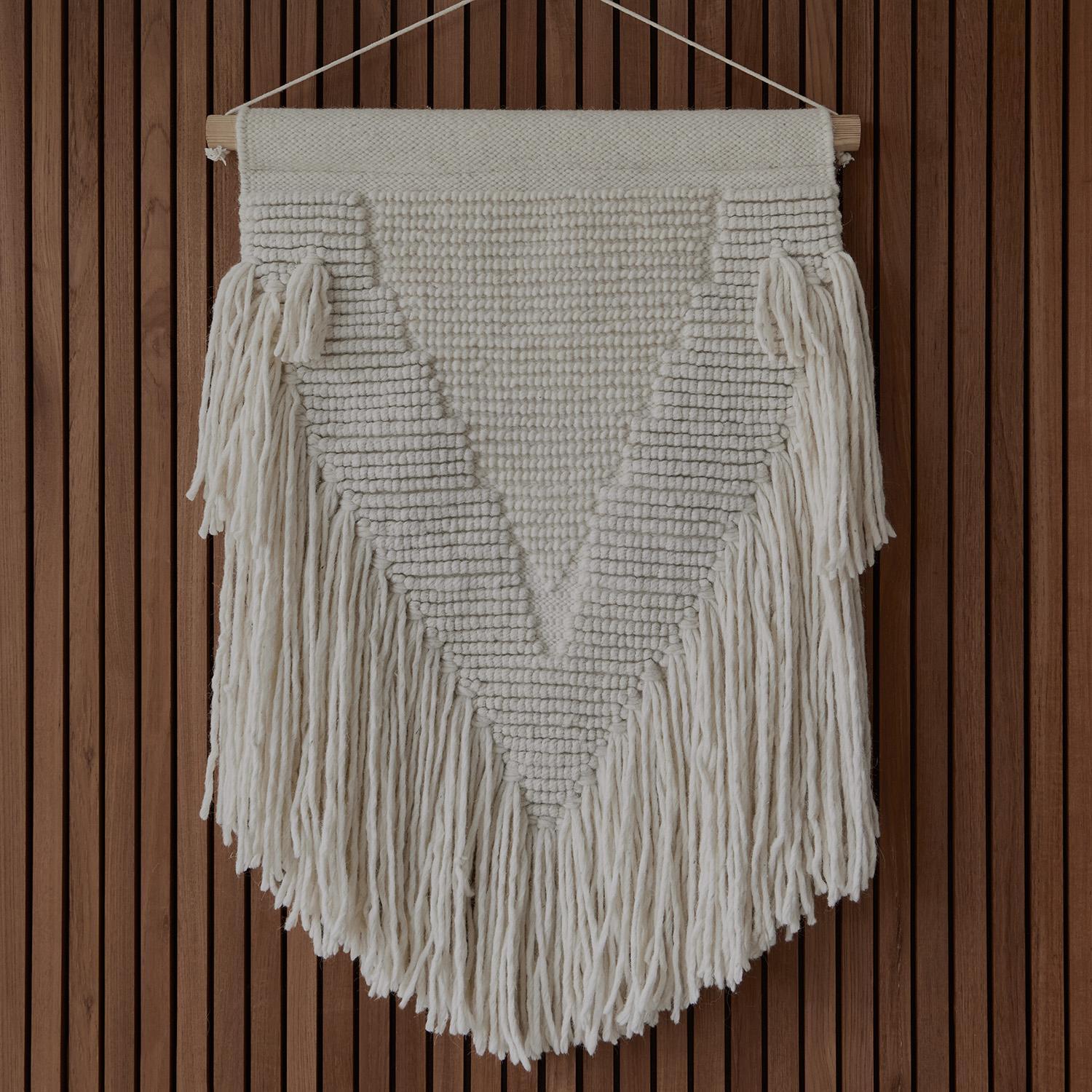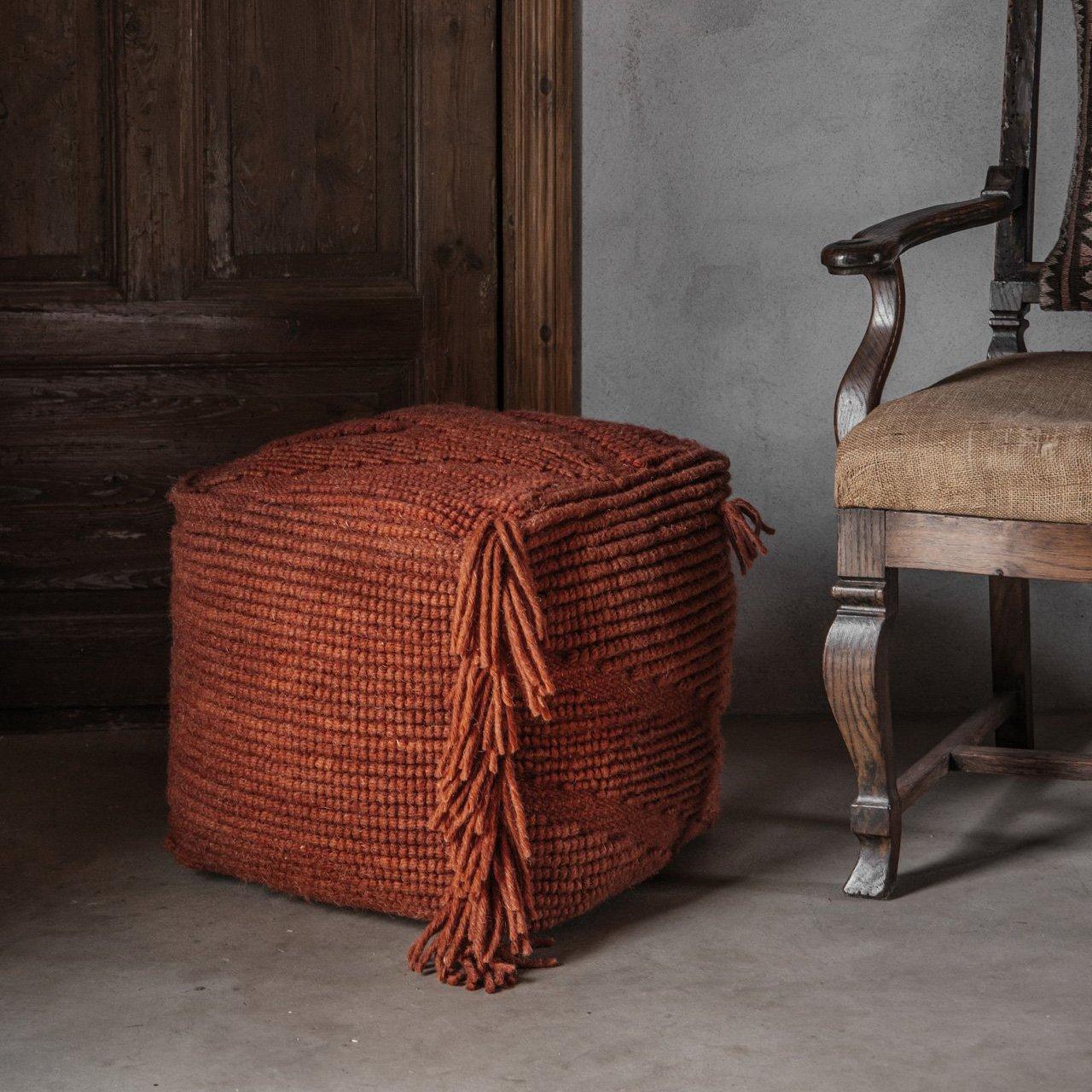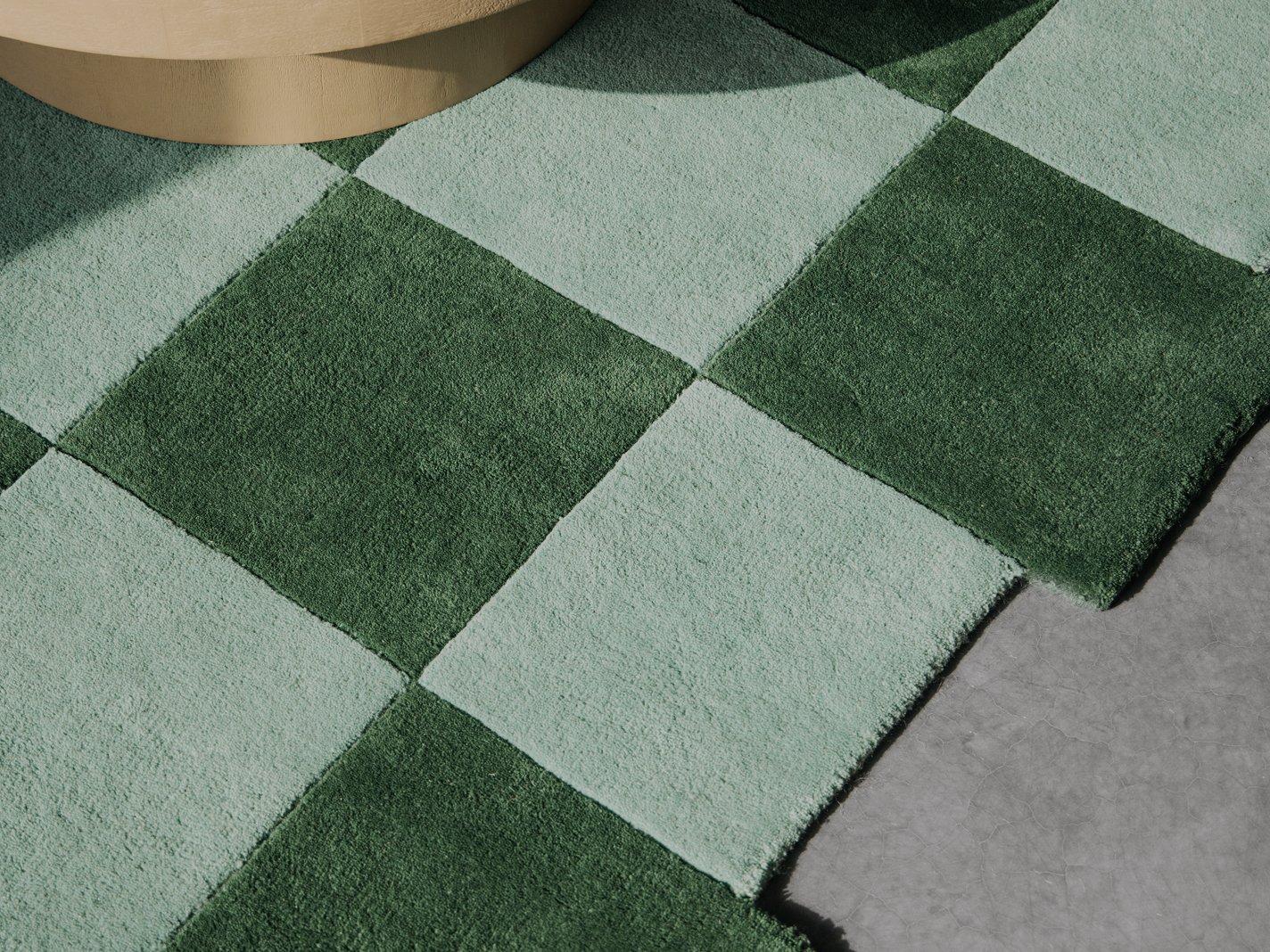How to choose an Oriental rug
– 7 tips for choosing an Oriental carpet for your home
BY MARTINA, RUG EXPERT AT RUGVISTA | PUBLISHED: 20/05/2024
9 MIN READ
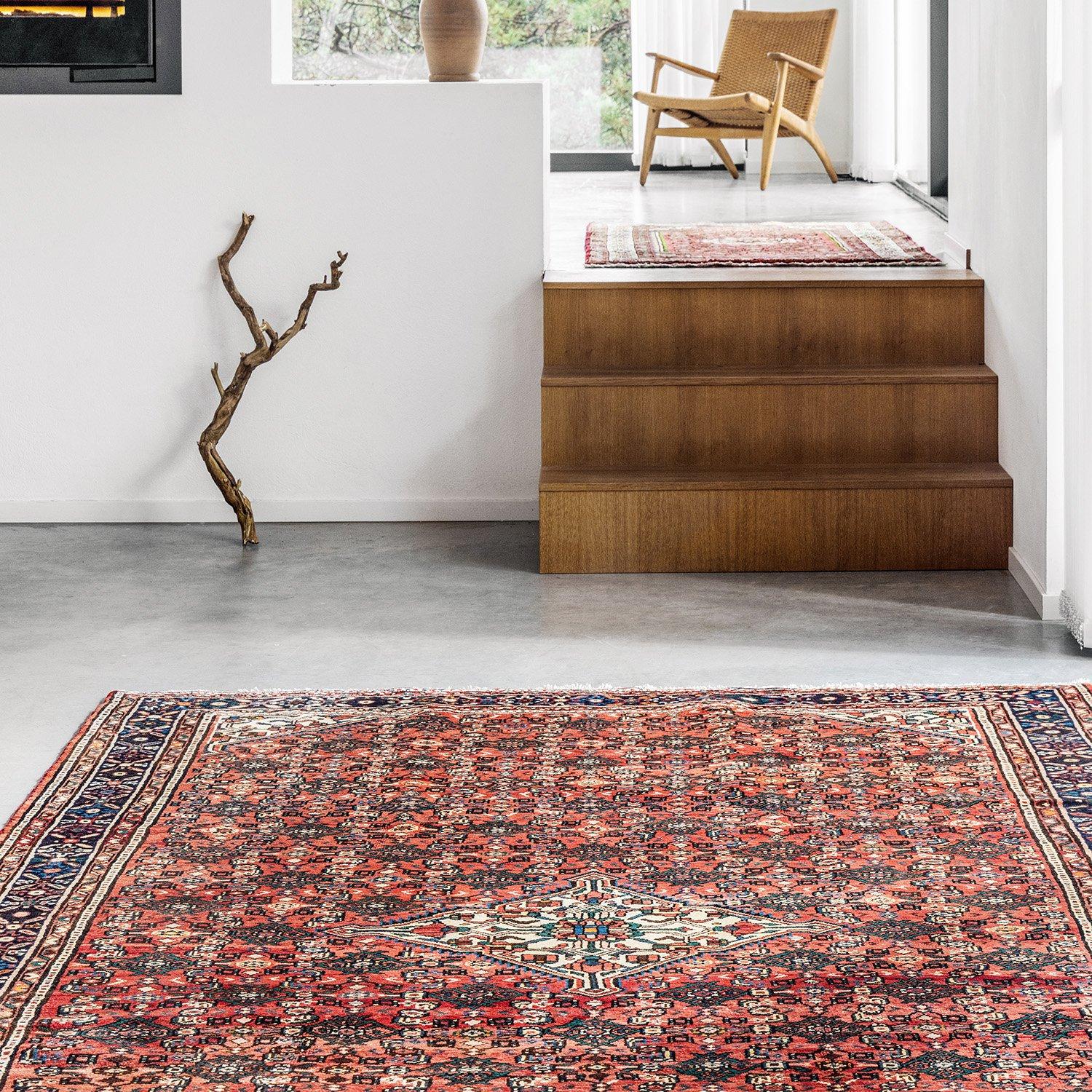
Knowing how to choose an oriental rug isn’t always easy. With their captivating colours, intricate craftsmanship and rich history, oriental carpets certainly spark conversations.
For centuries, the oriental rug production has thrived across the Middle East, North Africa, and Central Asia, with each region adding its own unique stylistic imprint. This diversity means a wide range of designs to match every taste.
Here’s how to choose an Oriental rug: 7 tips to consider
When it comes to choosing an Oriental rug, there is some consideration required. Regardless of which oriental style you’re looking for, there are a few important aspects to consider. Below, we’ve laid out seven top tips for choosing an Oriental rug to help guide you in your selection process.
1. Measure your space
Selecting the ideal rug for your space goes beyond mere aesthetics; it’s about achieving harmony and functionality. Before diving into the process of choosing an oriental rug, measuring your space is crucial. Check the length and width of the area where you intend to place the oriental carpet to work out which rug size you need to go for. This should complement the size and arrangement of your furnishings, anchoring the room, without taking over.
2. Think about traffic levels
High-traffic areas in your home, such as entryways, hallways, and living rooms, are particularly prone to wear and tear. Heavy foot traffic, frequent furniture movement and potential spills can all damage your floors. However, with the right oriental carpet choice, you can both protect your flooring and enhance the aesthetic appeal of these busy spaces.
Oriental wool rugs are known for their resilience and ability to withstand heavy use. Oriental synthetic rugs, on the other hand, mimic the feel of natural wool while offering a wallet-friendly option. Both materials are perfect for busy households looking for an oriental rug to complement their home.
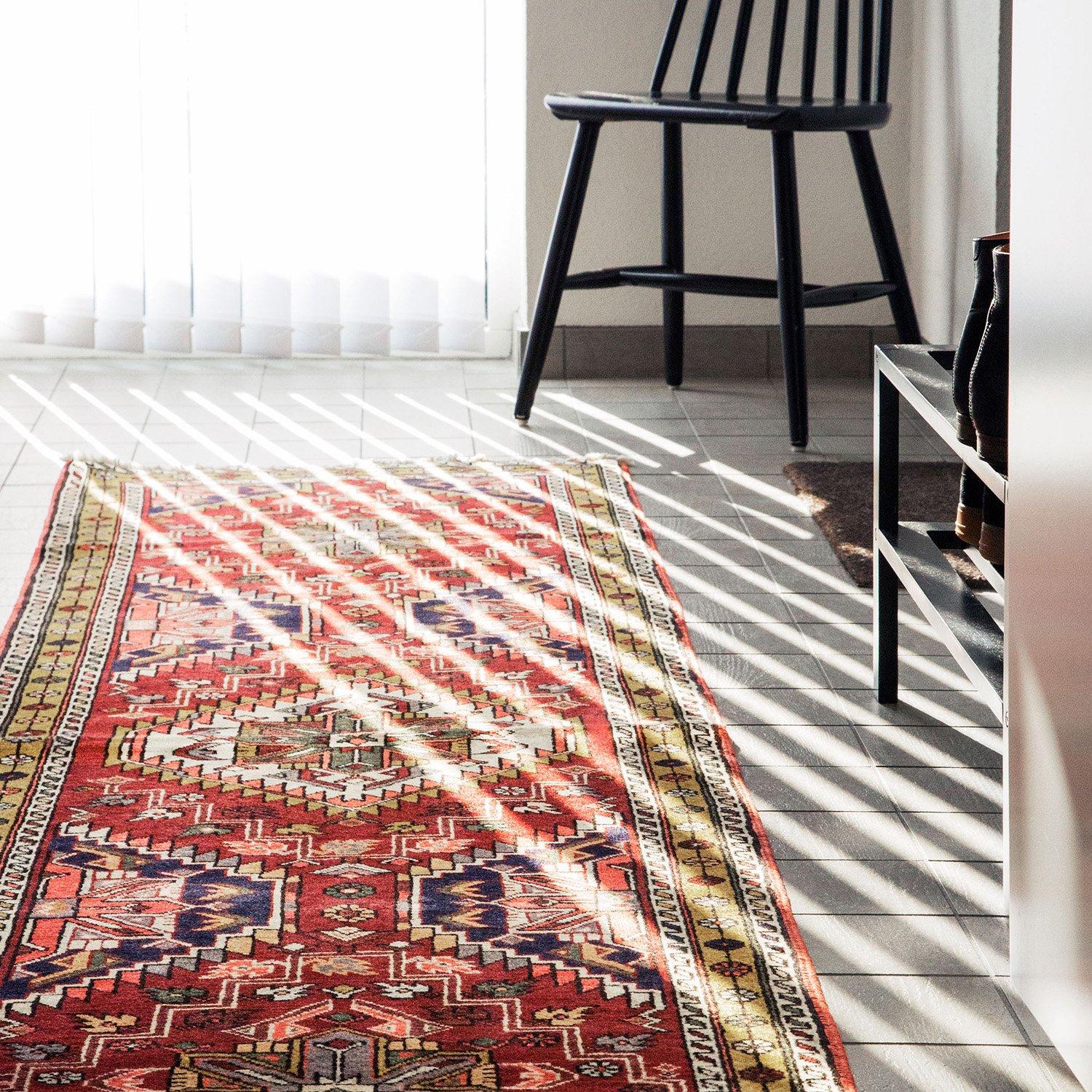
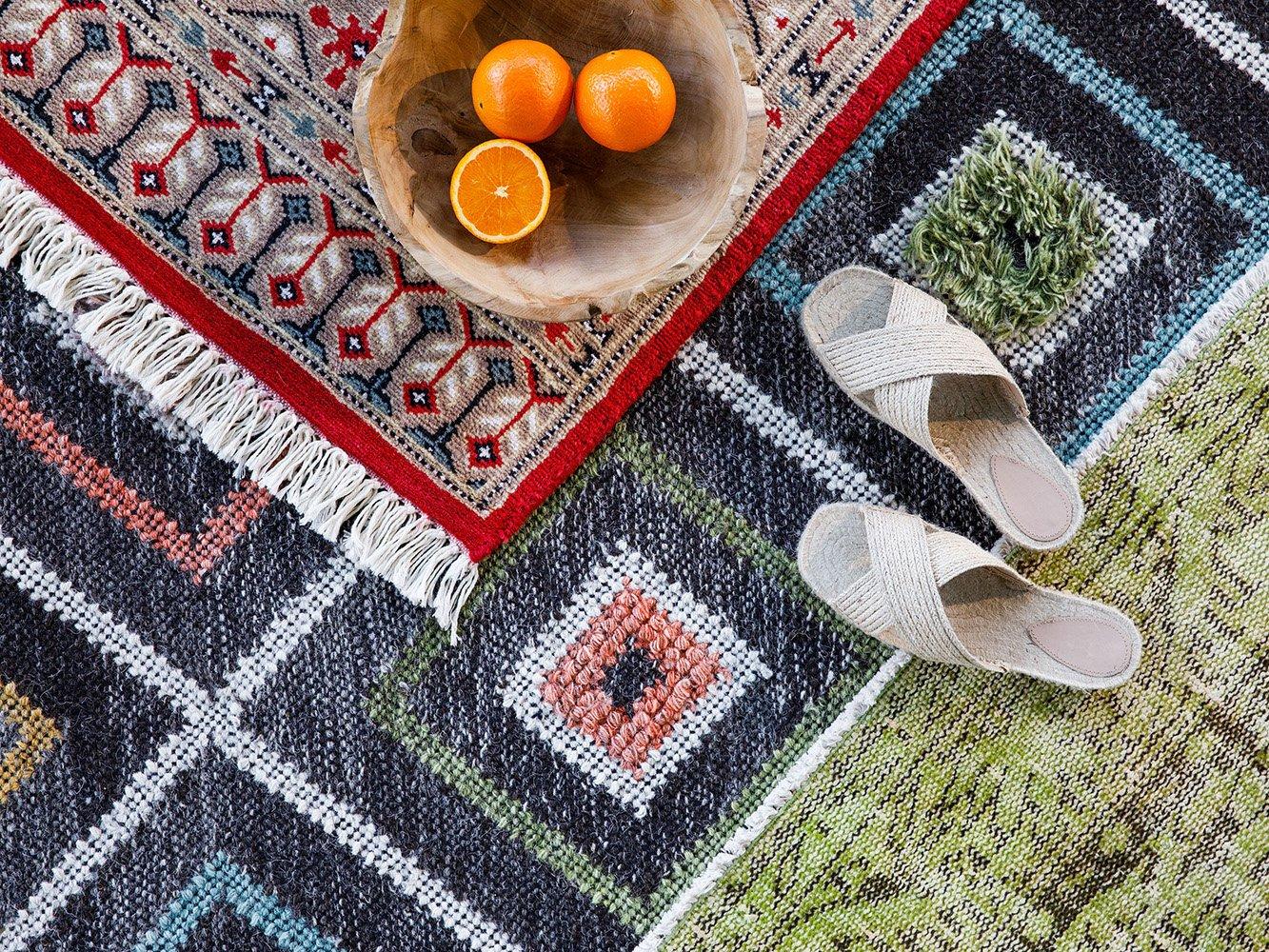
3. Consider the colours
Colour plays a significant role in setting the tone of our home decor. The choices we make are often tailored to the ambience we’re trying to create in each room. When it comes to oriental rugs, each colour conveys its own message. Weavers select them to communicate specific themes through their patterns and designs.
Red oriental rugs– Red symbolises fire, embodying high energy and evoking feelings of joy, happiness, enthusiasm, courage, virility, faith and vibrant vitality.
Green oriental rugs – Green, symbolising hope, life, spring and renewal, embodies profound significance in oriental carpet symbolism.
Brown oriental rugs – Brown symbolises the earth and soil, which are often associated with fertility.
White oriental rugs – White represents purity of heart, innocence, selflessness, cleanliness, and peace, exuding a sense of pristine purity.
4. Work out your budget
The price for an oriental carpet is often largely determined by the manufacturing method, with handmade oriental rugs generally being more expensive than machine-made oriental rugs. Which one you choose depends on your personal preferences, budget and the desired aesthetic of your space.
Machine-made options use simplified techniques to replicate the pattern and texture of traditional oriental carpets. They’re commonly crafted from materials such as jute or viscose. Offering a touch of exotic allure to any space without breaking the bank.
Handmade oriental carpets are crafted by skilled artisans and are works of art that require time, skill and high-quality materials. Each piece is a labour of love, bearing the distinct touch of its creator, resulting in one-of-a-kind treasures. Therefore, a high-quality oriental rug that’s been made by hand often carries a higher price tag.
5. Choose an origin
If you’re unsure how to choose an oriental rug, it’s worthwhile considering its origins. The journey of a handmade oriental rug often begins in the ancient lands of the Middle East, North Africa, and Central Asia, where skilled artisans have weaved carpets for generations. The country of origin influences not only the design but also its quality and craftsmanship.
Persian rugs: Renowned for their intricate designs and fine craftsmanship, Persian carpets are a symbol of luxury and elegance. When buying a Persian, consider unique designs and traditional motifs like the Hamadan or Afshar patterns that can be found on both handmade and machine-made carpets.
Turkish rugs: These are prized for their bold colours, geometric patterns, and durable construction. Look for handmade or machine-made carpets from regions like Nain or Kilim, which are known for their unique weaving techniques and vibrant designs.
Afghan rugs: Afghan rugs are celebrated for their rich history and tribal charm. Consider ones that feature traditional motifs like the Baluch design.
Moroccan rugs: They are known for their plush pile and abstract geometric patterns and are loved for their rustic beauty and cosy texture.
Indian rugs: Indian oriental rugs are famous for their intricate designs and vibrant colours. Consider carpets featuring traditional motifs like medallions, niches, and figural motifs.
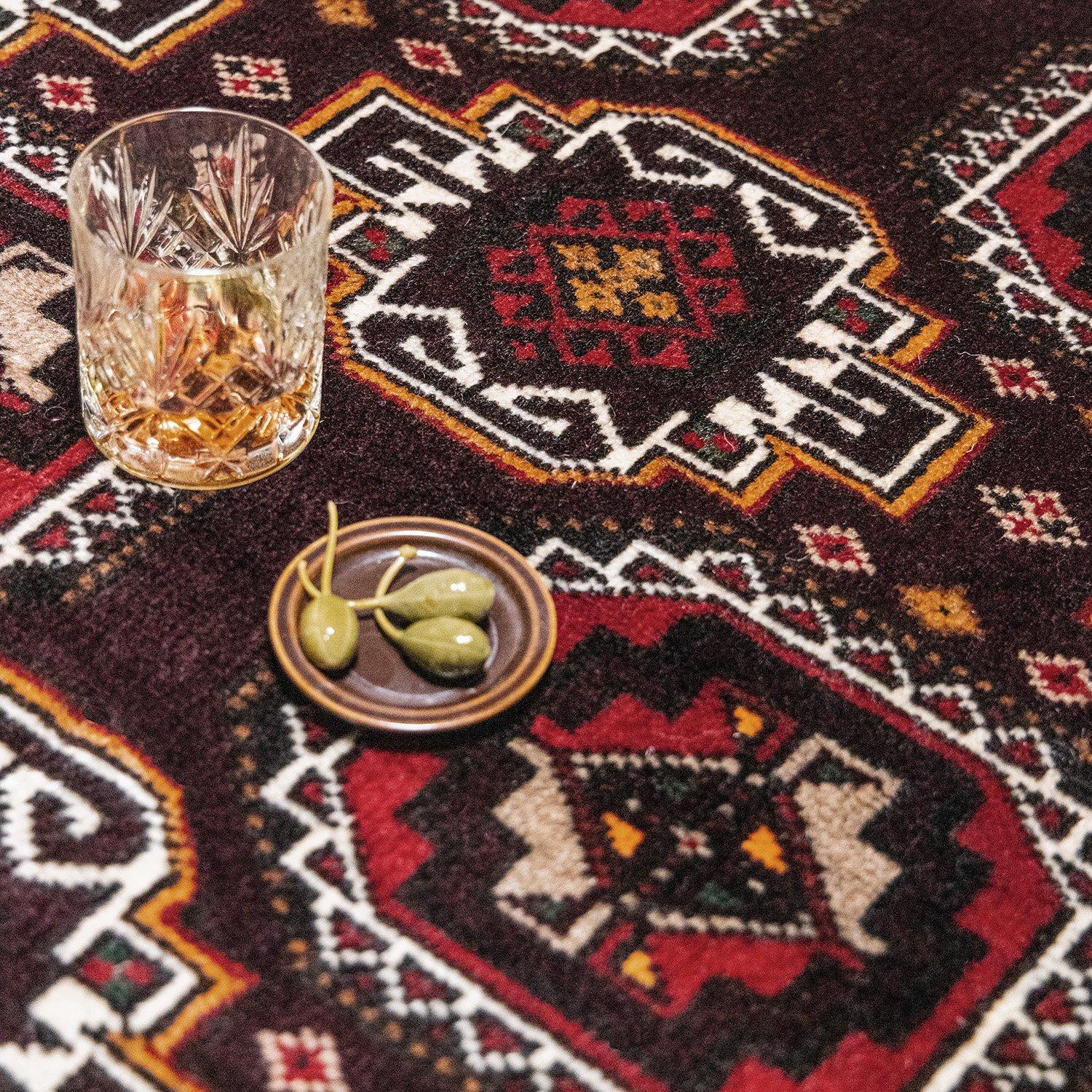
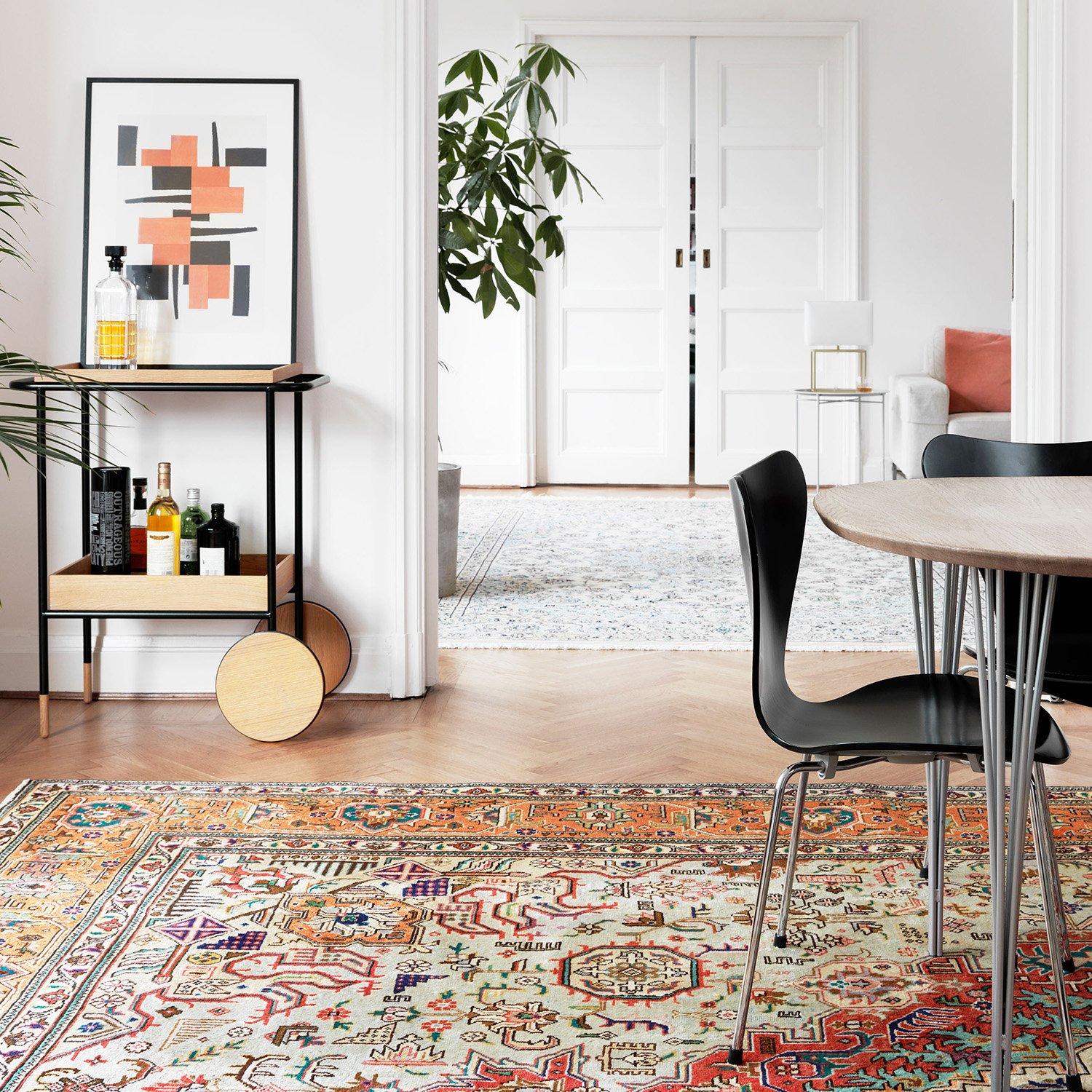
6. Do your research
Knowing what to look for in an oriental rug can help you make an informed decision when buying one. As you know, there are many different types of oriental rugs out there, all with their own characteristics. Quality, country of origin, and age are all aspects that affect the rug, and by considering these factors, it’s easier to find the perfect handmade oriental carpet that fits your home and personal style. You can, of course, dig deep into rug characteristics while doing your research, but these three aspects are a good starting point.
Quality: Look for handmade oriental carpets made from high-quality materials like wool or silk, as well as those with a high knot density and vibrant colours. A well-made rug will not only last longer but also retain its beauty over time.
Country of origin: The country of origin plays a significant role in the design, craftsmanship and value of an oriental carpet. Each region has its own unique style and techniques, so consider the aesthetic appeal and cultural significance of carpets from countries like Iran, Turkey, Afghanistan, India or Morocco.
Age: The age of an oriental carpet can also affect its value and appeal. Antique oriental rugs, typically over 100 years old, may have historical significance and unique features that make them prized collector’s items. However, contemporary oriental rugs can still be of high quality and offer a wide range of designs to suit modern tastes.
7. Work out the perfect placement
The size of your new oriental rug should be proportional to the size of the room and the furniture arrangement. Determine the perfect placement by taking measurements and considering the function and aesthetics of the room. Finding the perfect rug size for your room will help you create a balanced, visually appealing and harmonious space.






